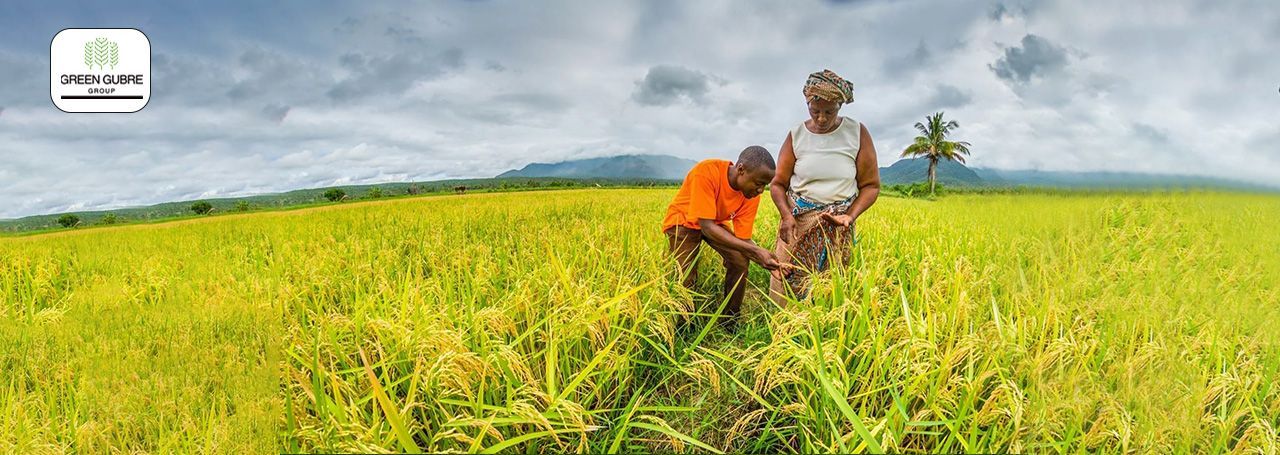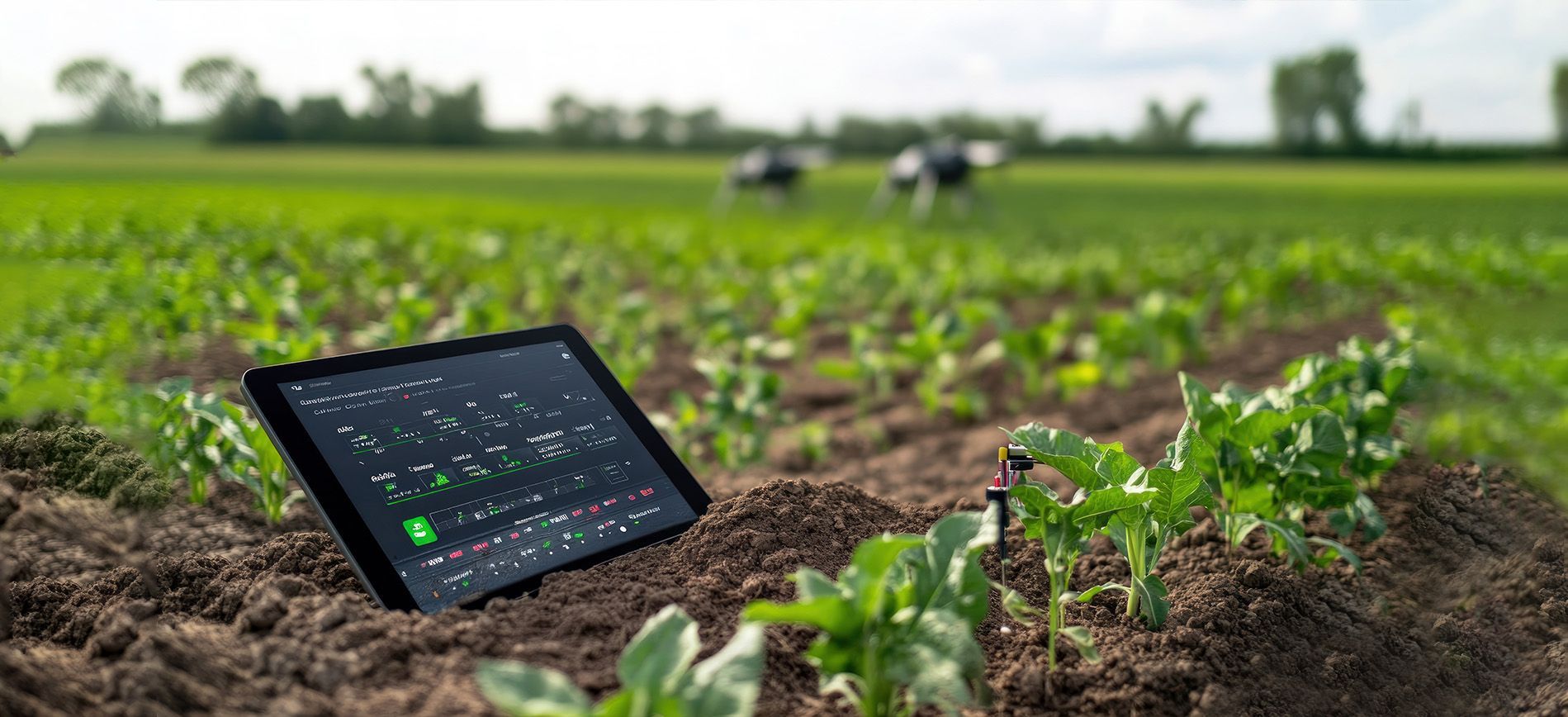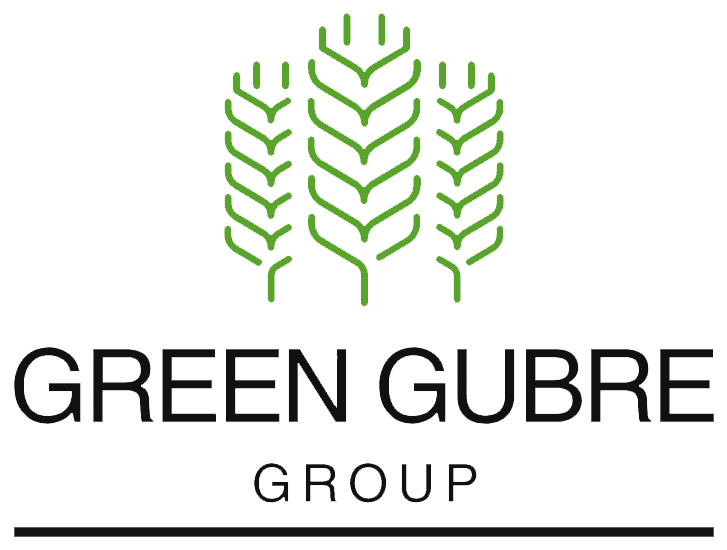Fertilizer Dynamics in East Asia – Balancing Supply Strength with Emerging Demand
Fertilizer Dynamics in East Asia – Balancing Supply Strength with Emerging Demand
East Asia, a region of strategic importance in the global fertilizer landscape, is home to leading producers like China and encompasses fast-growing agricultural economies across Southeast Asia. As food security, climate change, and trade policies reshape global fertilizer markets in 2025, East Asia stands at the intersection of supply resilience and emerging demand.
This blog explores East Asia's fertilizer production capacities, shifting regional consumption patterns, government policies, and scientific trends shaping the region’s future in fertilizer sustainability and trade.

East Asia’s Role as a Global Fertilizer Hub
China remains one of the world’s most significant producers of urea, DAP, MAP, and compound fertilizers. Its vast industrial base, low-cost feedstock (primarily coal), and integrated supply chains make it a dominant exporter, although government policy is increasingly shaping this role.
Production Highlights (2025):
- Urea Output: Over 55 million metric tons annually
- Phosphate Fertilizers: Significant DAP & MAP exports, with new capacity expansions
- NPK Blends: Widely produced domestically with custom formulas for cash crops and cereals
However, the tightening of export regulations by Chinese authorities in 2024–2025, aimed at prioritizing domestic food security and reducing environmental strain, has significant global implications. These
export restrictions, primarily on urea and DAP, have a direct impact on global availability and price stability.
Fertilizer Demand from Southeast Asia
Countries like Vietnam, Indonesia, the Philippines, and Thailand are experiencing rapid agricultural intensification driven by:
- Growing populations and rising food demand
- Expansion of rice, palm oil, rubber, and vegetable farming
- Government-supported fertilizer subsidy schemes
Key Fertilizer Trends in Southeast Asia:
| Country | Primary Fertilizer Used | Emerging Trends |
|---|---|---|
| Vietnam | Urea, NPK | Push for balanced fertilization, micronutrients |
| Indonesia | Urea, NPK, Phosphates | Rising demand for palm oil blends, sulfur-enriched |
| Philippines | Ammonium Sulfate, Urea | Micronutrient deficiencies, biofertilizer trials |
| Thailand | NPK blends, DAP | Adopting precision fertigation for fruit crops |
As fertilizer usage intensifies, the challenges for smallholder farmers are exacerbated. Supply disruptions from China and higher global prices are making fertilizers less affordable. This situation underscores the need for regional investments in local blending, bagging, and distribution facilities.
Scientific Advancements and Smart Farming Adoption:
A Beacon of Hope To support sustainable farming and reduce fertilizer losses, East Asian countries are investing in R&D and new technologies, such as:
To support sustainable farming and reduce fertilizer losses, East Asian countries are investing in R&D and new technologies, such as:
- Slow-Release and Controlled-Release Urea: Reduces nitrogen leaching and increases efficiency.
- Precision Fertilization Tools: Soil sensors, drones, and satellite mapping are gaining traction in Thailand and Vietnam.
- Biofertilizers & Microbial Enhancements: Philippines and Indonesia are piloting biofertilizer programs for rice and sugarcane.
- Sulfur-Enriched and Micronutrient Fertilizers: Addressing chronic deficiencies in Southeast Asian soils.
China, meanwhile, is also
scaling green ammonia projects for domestic and future export, aligning with global CBAM compliance expectations.
Trade & Policy Landscape
Export Controls (China):
- Since mid-2023, Chinese authorities have limited phosphate and nitrogen fertilizer exports.
- Export licenses are now issued case-by-case, increasing uncertainty for importers.
Import Strategy (ASEAN Countries):
- Indonesia and Vietnam are diversifying imports from the Middle East, Russia, and Africa.
- Fertilizer subsidies remain vital for food production and political stability.
Environmental Pressure:
- East Asia’s coastal and riverine ecosystems are vulnerable to nutrient pollution.
- Regional initiatives are encouraging eco-labeling and low-carbon fertilizer usage.
Outlook: Opportunities and Challenges
Challenges:
- Uncertainty around Chinese export flows
- High CIF prices for imported fertilizers due to freight volatility
- Soil degradation and environmental constraints
Opportunities:
- Development of regional fertilizer hubs (e.g., in East Malaysia, Vietnam)
- Investment in CBAM-compliant fertilizer products
- Collaborative innovation between public institutes and private fertilizer companies
East Asia is at a turning point. It must balance its industrial fertilizer power with the urgent need for sustainable consumption. The path ahead involves
policy coordination, scientific adoption, and regional cooperation.




